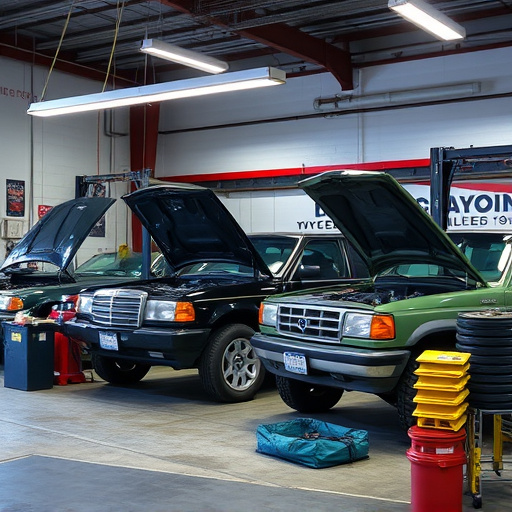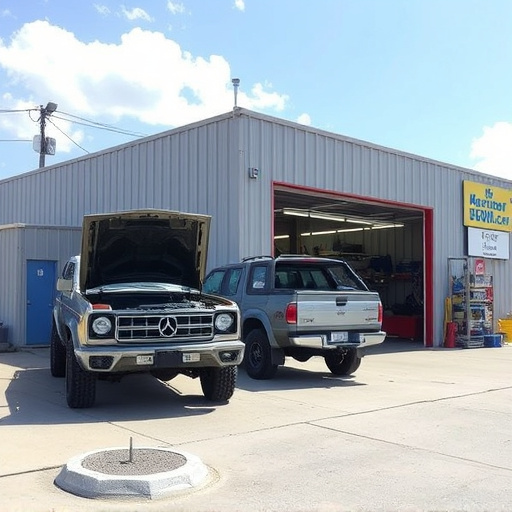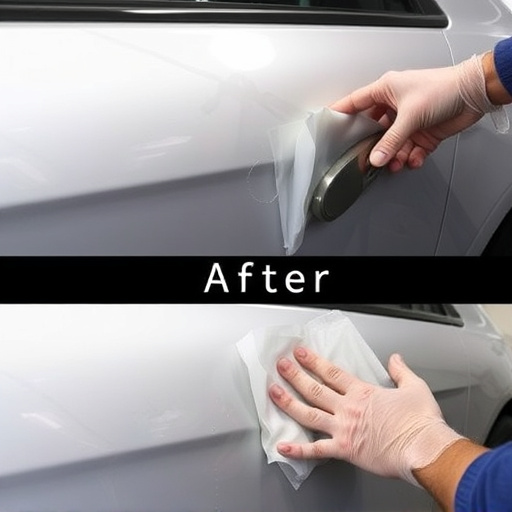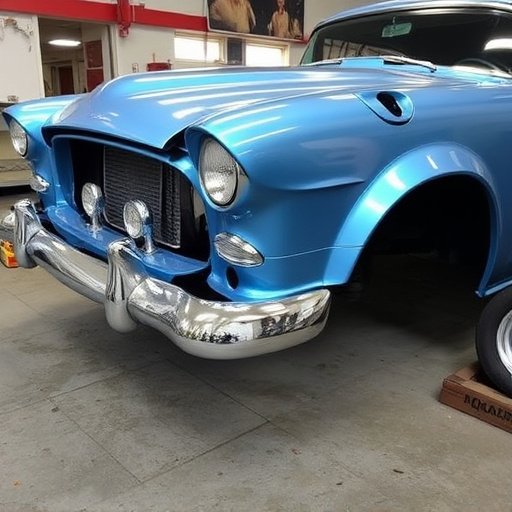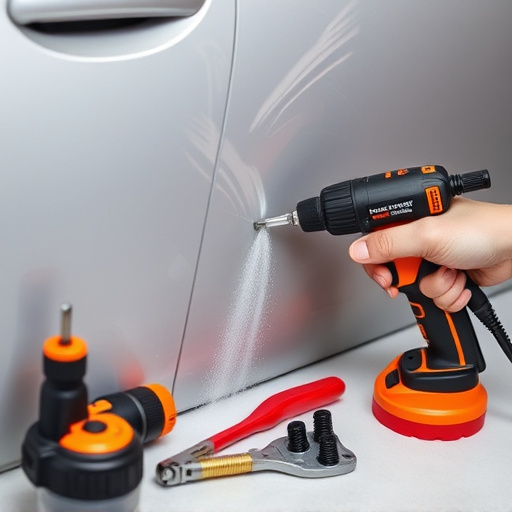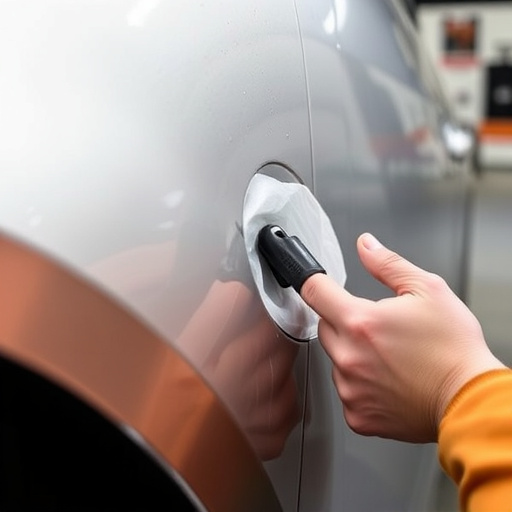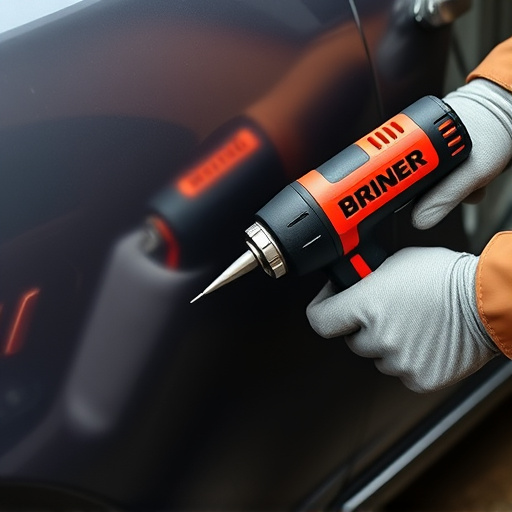After a steering repair due to an accident, technicians perform comprehensive checks on the entire system, including visual inspections and fluid tests. They verify structural integrity, check connections, align components, and ensure proper hydraulic function. This meticulous process guarantees safe vehicle operation, prevents future handling issues, and optimizes road contact for enhanced safety during and after collision repair.
After a car accident, proper steering repair is crucial for safety. Technicians follow a meticulous process to ensure optimal performance. First, they assess physical damage and inspect components like the steering rack and connections. Next, they test the entire steering system’s functionality, checking from the rack to the wheels. Additionally, examining fluid levels and condition is vital to guarantee smooth operation. These steps collectively determine the extent of steering repair needed after an accident.
- Assessing Physical Damage: Inspecting Components and Connections
- Testing Steering System Functionality: From Rack to Wheel
- Checking Fluid Levels and Condition: Ensuring Smooth Operation
Assessing Physical Damage: Inspecting Components and Connections

After a steering accident, technicians conduct a meticulous assessment to determine the extent of physical damage and ensure safe vehicle operation. This initial step in steering repair involves inspecting the entire system, from the wheel to the steering column and various components connecting them. They visually examine for any visible cracks, dents, or deformations that could compromise structural integrity.
Technicians also check the condition of connections, such as bolts, joints, and bearings, which are crucial for smooth steering operation. Proper alignment and functionality of these parts are essential to prevent further damage during driving. This comprehensive evaluation is a vital part of any collision repair shop’s process, ensuring that auto body repairs are not only visually appealing but also structurally sound, making the vehicle safe to operate again.
Testing Steering System Functionality: From Rack to Wheel

After a steering repair due to an accident, technicians conduct thorough testing to ensure the entire system is functioning optimally from rack to wheel. This involves checking the power steering pump for any leaks or damage, as well as verifying its ability to deliver the necessary hydraulic pressure for smooth steering. Technicians also inspect the steering rack for correct alignment and proper operation of its components, such as pins, bushings, and bearings.
The testing extends to the tie rods, which connect the steering rack to the wheels, ensuring they are in good condition and correctly adjusted. This is crucial as faulty tie rods can lead to handling issues and increased risk during vehicle collision repair. Additionally, technicians check the ball joints and struts for wear and tear, replacing them if necessary. In tire services, the alignment of the wheels is also evaluated to guarantee proper contact with the road surface, enhancing both safety and vehicle body repair quality after an accident.
Checking Fluid Levels and Condition: Ensuring Smooth Operation

After a steering accident, one of the critical initial checks for technicians is verifying fluid levels and condition. This involves scrutinizing the power steering fluid, which plays a vital role in facilitating smooth steering operation. Insufficient or contaminated fluid can lead to poor vehicle control and handling issues post-accident. Technicians will assess the fluid’s clarity, color, and level within the reservoir, ensuring it meets the manufacturer’s specifications.
A comprehensive inspection also includes checking for leaks that may have occurred due to the impact. Any signs of moisture or discoloration in the steering system components could indicate damage or the need for replacement parts. This step is crucial in preventing further complications during the steering repair process and ensuring a safe, reliable vehicle once auto repair services are completed, especially when addressing car damage repair from an accident.
When it comes to steering repair after an accident, technicians meticulously assess physical damage, inspect crucial components and connections, test the entire steering system’s functionality, and check fluid levels to ensure safe and smooth driving. These comprehensive steps are vital for restoring proper vehicle control and preventing future issues, making informed decisions about repairs essential for both safety and peace of mind.
